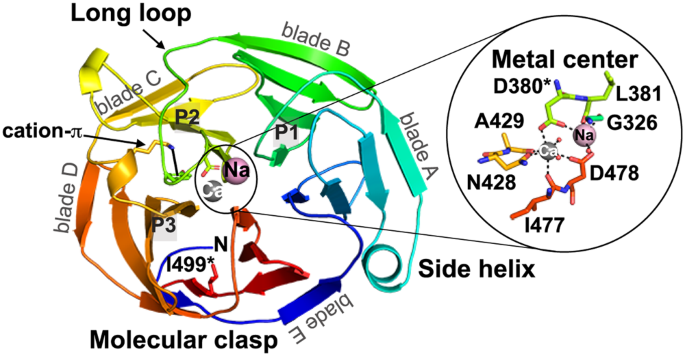2024-02-22 ノースカロライナ州立大学(NCState)
<関連情報>
- https://news.ncsu.edu/2024/02/what-frogs-can-tell-us-about-our-intestines/
- https://journals.biologists.com/dev/article/151/4/dev202020/343079/Developmental-regulation-of-cellular-metabolism-is
腸の伸長と回転には細胞代謝の発生制御が必要であることを発見 Developmental regulation of cellular metabolism is required for intestinal elongation and rotation
Julia K. Grzymkowski,Yu-Chun Chiu,Dereje D. Jima,Brent H. Wyatt,Sudhish Jayachandran,Whitney L. Stutts,Nanette M. Nascone-Yoder
Development 19 February 2024
DOI:https://doi.org/10.1242/dev.202020

ABSTRACT
Malrotation of the intestine is a prevalent birth anomaly, the etiology of which remains poorly understood. Here, we show that late-stage exposure of Xenopus embryos to atrazine, a widely used herbicide that targets electron transport chain (ETC) reactions, elicits intestinal malrotation at high frequency. Interestingly, atrazine specifically inhibits the cellular morphogenetic events required for gut tube elongation, including cell rearrangement, differentiation and proliferation; insufficient gut lengthening consequently reorients the direction of intestine rotation. Transcriptome analyses of atrazine-exposed intestines reveal misexpression of genes associated with glycolysis and oxidative stress, and metabolomics shows that atrazine depletes key glycolytic and tricarboxylic acid cycle metabolites. Moreover, cellular bioenergetics assays indicate that atrazine blocks a crucial developmental transition from glycolytic ATP production toward oxidative phosphorylation. Atrazine-induced defects are phenocopied by rotenone, a known ETC Complex I inhibitor, accompanied by elevated reactive oxygen species, and rescued by antioxidant supplementation, suggesting that malrotation may be at least partly attributable to redox imbalance. These studies reveal roles for metabolism in gut morphogenesis and implicate defective gut tube elongation and/or metabolic perturbations in the etiology of intestinal malrotation.


